
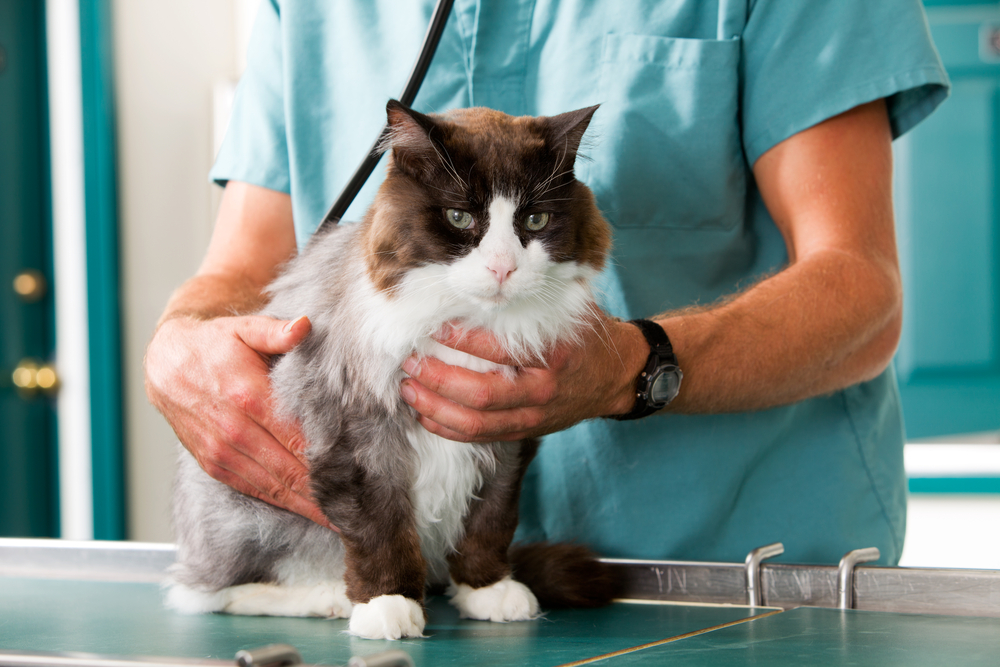
Cats often swallow unusual things and are known for the odd range of objects they will swallow. When a cat ingests foreign material or foodstuffs that are too large to pass through the esophagus (the throat), the esophagus can become blocked. One of the objects commonly found in cats is thread, which may be of surprisingly long size or thickness. Unfortunately, because of cats' tendency to eat and swallow string, they may also swallow needles (i.e., sewing) that are attached to string. Esophageal foreign bodies cause mechanical blockage, swelling and death of the throat tissue.
Obstruction of the esophagus occurs with objects that are of a size, shape, or texture that will cause them to get stuck in the esophagus.
You will need to give a thorough history of your cat's health, onset of symptoms, and possible incidents that might have led to this condition. You should describe anything your think your cat might have eaten that could have become lodged in its throat (e.g., bones, buttons, yarn, Easter grass or Christmas tinsel). Your veterinarian will do a physical exam, with an X-ray of the esophagus and chest. Another diagnostic tool that is useful for imaging is an esophagoscope, for seeing the interior of the esophagus. These imaging steps are crucial for making a concrete diagnosis and for making an accurate estimation of the exact place in the esophagus that is being affected, and of the degree of damage caused to your cat's esophagus. Standard tests will also include a chemical blood profile, complete blood count, urinalysis and an electrolyte panel. Usually, the bloodwork results will return as normal.
Your veterinarian will need to remove the object. If it is not deeply lodged in the throat, your doctor may be able to use using an endoscope, a small tube-like instrument with a camera and small tongs attached, which is as minimally invasive as possible. If it is not possible to remove the object using this tool, or if your cat's esophagus is severely damaged (the tissue has necrotized, or has a hole in it), your veterinarian will need to perform surgery to remove the object and to repair the esophagus. If your cat's esophagus is very badly damaged, your veterinarian will prescribe 10 to 14 days of antibiotics, along with some medications to treat the esophageal inflammation and pain.
During the recovery period, it is probable that you will need to have a stomach tube inserted into your cat in order to protect the esophagus while still allowing your cat to digest food and maintain a healthy weight.
You will need to take your cat back to see the veterinarian several days into the recovery to make sure that the throat is healing properly, and again after a couple of weeks. If during this period of healing your cat begins to vomit, have problems breathing or standing, or exhibits any other abnormal changes or behaviors, you should immediately notify your veterinarian. Severe complications can ensue when the esophagus has been badly damaged.
If your cat needed to have surgery to remove the object, you should expect your cat to feel sore for some time while the surgical site heals. Your veterinarian will give you pain medication for your cat to help minimize discomfort, and you will need to set up a place in the house where your cat can rest comfortably and quietly, away from other pets, active children, and busy entryways. Setting the cat litter box and food dishes close by will enable your cat to continue to care for itself normally, without exerting itself unduly. Use pain medications with caution and follow all directions carefully; one of the most preventable accidents with pets is overdose of medication.
Image: Tyler Olson via Shutterstock
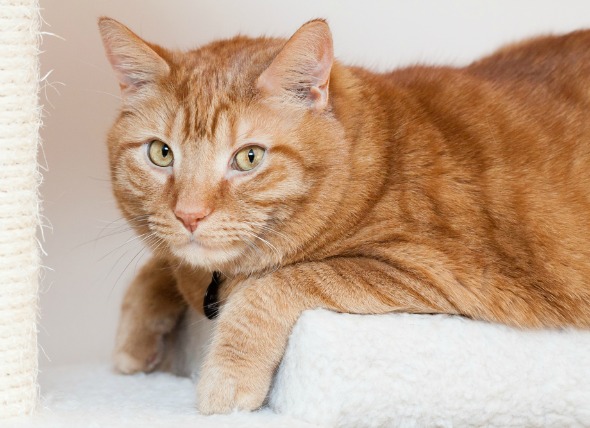 Fluid in Abdomen in Cats
Ascites in Cats
Ascites, also known as abdominal
Fluid in Abdomen in Cats
Ascites in Cats
Ascites, also known as abdominal
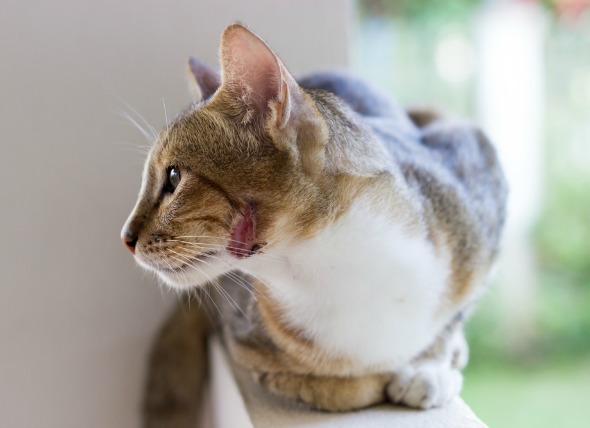 Bacterial Infection (Pyoderma) of the Skin in Cats
Pyoderma in Cats
When a cat's skin is cut or
Bacterial Infection (Pyoderma) of the Skin in Cats
Pyoderma in Cats
When a cat's skin is cut or
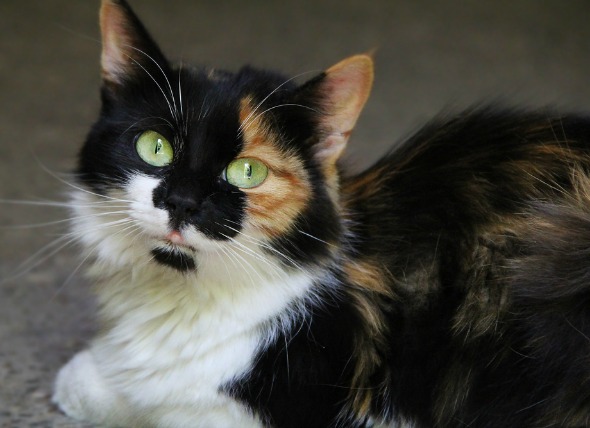 Fever in Cats
Pyrexia in Cats
The normal body temperature for c
Fever in Cats
Pyrexia in Cats
The normal body temperature for c
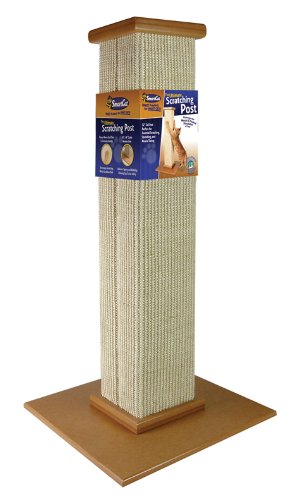 Selecting Your Perfect Cat Scratching Furniture
Having a cat is much like ha
Selecting Your Perfect Cat Scratching Furniture
Having a cat is much like ha
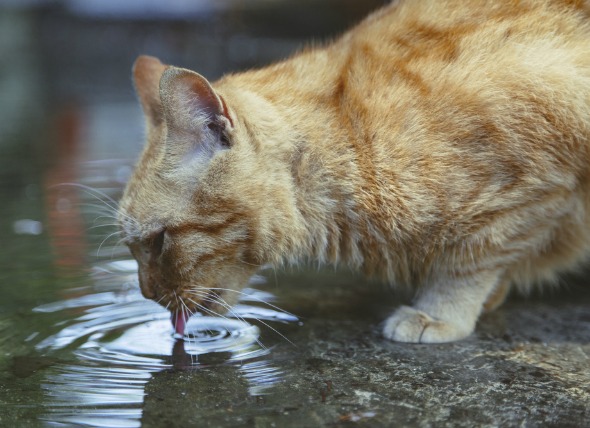 Intestinal Parasite (Cryptosporidia) in Cats
Cryptosporidiosis in Cats
Cryptosporidium is an i
Intestinal Parasite (Cryptosporidia) in Cats
Cryptosporidiosis in Cats
Cryptosporidium is an i
Copyright © 2005-2016 Pet Information All Rights Reserved
Contact us: www162date@outlook.com